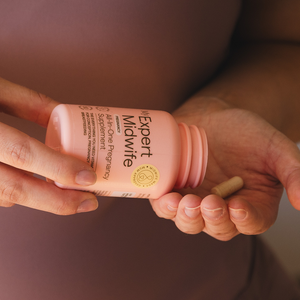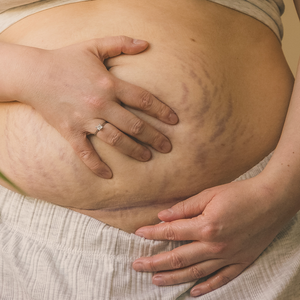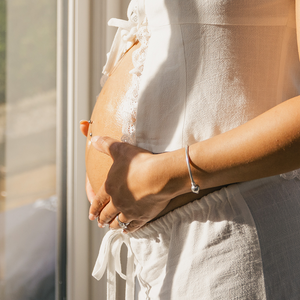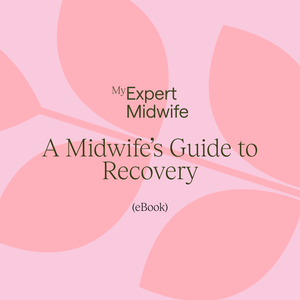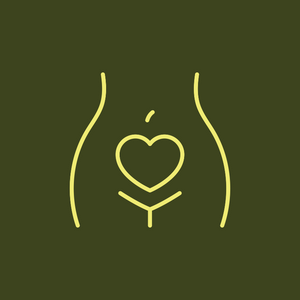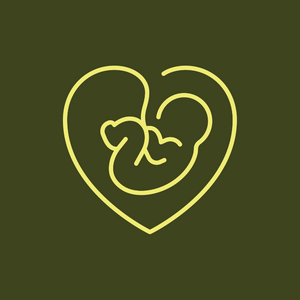Why you should harvest colostrum
Colostrum harvesting can be beneficial for a variety of reasons.
Immune-boosting properties
Colostrum actually has more in common with blood than it does with breast milk since it’s full of white blood cells and immune-boosting properties. It contains antibodies that protect your newborn against disease and infection and bioactives that help to activate their immune system, jumpstart gut function, and seed a healthy gut microbiome in the first few days of life, giving your baby the best possible start.
Easy for newborns to digest
This liquid gold is also higher in protein, and lower in sugar and fat, so it’s an easy first food for newborn babies to digest.
A great backup plan for breastfeeding
Collecting and storing colostrum from around 37 weeks of pregnancy can be a great backup plan if your baby cannot or does not breastfeed well initially. Colostrum can be frozen, stored and defrosted when needed. Having this extra milk supply can be a great help if your baby takes a little longer to learn to breastfeed or if more regular feeds are advised - as may be the case if you have had gestational diabetes and your baby’s blood sugar levels need regulating or if your baby needs special care.
Promotes bonding between mother & baby
Using a bonding cloth while harvesting colostrum will transfer your unique scent to the cloth, which when your baby is born, can be used to encourage recognition and promote bonding, even when mum and baby are not together. Later down the line, it may also help your baby settle with your partner or for their naps more easily if they are able to smell your scent.
Colostrum harvesting kit
To help you harvest your colostrum, our expert midwives have developed a Colostrum Harvesting Kit containing:
- 5x sterile syringes (these are used for collecting any colostrum you harvest, including handy caps for storage).
- 5x freezable labels (you can label them with your name and the date collected and store in your freezer to take with you to hospital when you give birth)
- 1x No Harm Nipple Balm - provides fast relief and protection for breastfeeding mums from sore and cracked nipples.
- A full guide to colostrum harvesting
Colostrum harvesting and hand expressing are useful skills to learn during pregnancy, as they can help you become familiar with your breasts and how they work, as well as helping to establish breastfeeding after your baby is born. So, let’s delve into how to do it.
How to harvest colostrum
- You can start expressing colostrum from 37 weeks of pregnancy.
- It is best to harvest colostrum regularly for short periods as this will be most effective at stimulating the milk supply.
- If you have cervical stitch or have been diagnosed with a low-lying placenta/placenta praevia, please consult with your midwife or doctor before starting colostrum harvesting.
1. Get a colostrum harvesting syringe
First, find a sterile colostrum harvesting syringe. Our Colostrum Harvesting Kit contains 5 x sterile colostrum harvesting syringes and caps.
Alternatively, you can purchase these at chemists or online.
2. Find space to relax
Find a time where you can relax for at least 30 minutes without being interrupted - it may be easier to practise whilst having a warm and relaxing bath the first few times.
3. Wash your hands
You may find it easier to have shorter, trimmed fingernails, too.
4. Stroke your breasts
Slowly and firmly, but comfortably, stroke your breasts from the top down towards the nipple with either a flat hand or make your hand into a fist.
5. Check your nipples
Watch at the nipple for signs of any colostrum, which can be clear or milky coloured. It doesn’t matter if you don’t see any as just the action helps to stimulate the production of it.
6. Make a ‘C’ shape
After a couple of minutes, make a ‘C’ shape with your thumb and fingers around 2-3 cm from the nipple end. Then, use a gentle stroking and squeezing movement (only squeeze briefly and don’t squeeze until it’s painful).
7. Collect the colostrum
After a few attempts, you should start to see colostrum gather at the nipple end, which you can collect in your plastic syringe.
8. Label & freeze the colostrum
Any colostrum collected can be dated, labelled and stored in your freezer so it is ready to give to your baby should they need it after they are born.
Your questions on colostrum harvesting answered
Can colostrum harvesting bring on labour?
As colostrum harvesting produces oxytocin, which is the hormone that produces contractions in labour, in theory, it could be thought to induce the onset of labour. However, it is generally not thought that colostrum harvesting alone would start labour, as having sex and breastfeeding another child during pregnancy also release oxytocin into the body and are considered safe throughout pregnancy, if all is progressing normally. The reason for this is probably because labour also needs a fine balance of other hormones and triggers in place, rather than just oxytocin, for it to start naturally.
How long does colostrum last?
Colostrum that is frozen immediately after collection will last for: Up to 6 months if kept in a freezer -18°C or under Up to 8 days if kept in a fridge 4°C or under Up to 24 hours if kept in a cool bag with ice packs (when transporting to hospital) Use freezable labels, like those included in the Colostrum Harvesting Complete Kit, to date when the colostrum was frozen and make sure your colostrum is safe to feed your baby.
Can I increase the amount of colostrum I produce?
Learning how to harvest colostrum will be a process you become more proficient at the more it is practised. Your breasts will also start to make more colostrum the more they are stimulated and it is harvested. So, in theory, the more colostrum harvesting is practised the more colostrum is made and should be available to collect if it is practised regularly. Women should not think they cannot breastfeed if they try to harvest colostrum and are unable to, it can be a different experience for everyone.
Can I store/freeze my colostrum in other containers?
It is easier to store and defrost small amounts of colostrum in syringes, but you can store or freeze your colostrum in any suitable sterilised container, especially if you are collecting larger quantities. How long can I use one syringe for? If you are collecting small amounts of colostrum, you can use the same syringe for 24 hours before freezing, as long as you store it in the fridge in between collecting.
Will my NHS midwife provide me with all the information I need on colostrum harvesting?
Your NHS midwife may have time to discuss some aspects of colostrum harvesting and be able to signpost you to resources but will not have the time to explore this subject in detail. This is due to the length of allocated appointments and the amount of other information they need to discuss with you.
Final takeaway
Colostrum is high in calories, full of antibodies and packed with stem cells. It supports your baby’s immune system and development, and can help to establish breastfeeding after their birth. Watch our animated video and sign up for our webinar to learn even more about colostrum harvesting.
